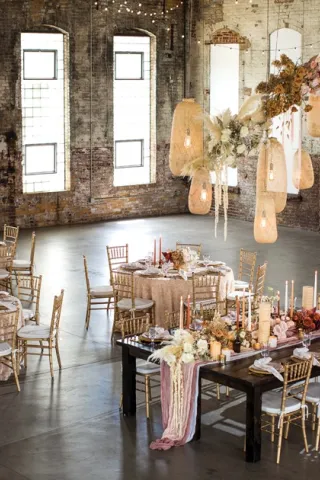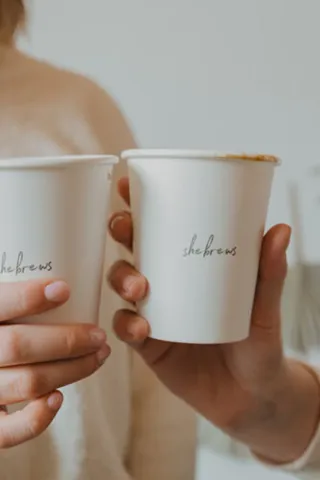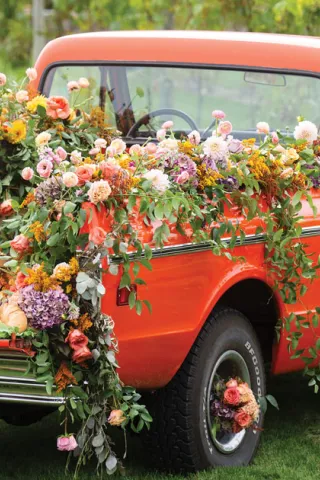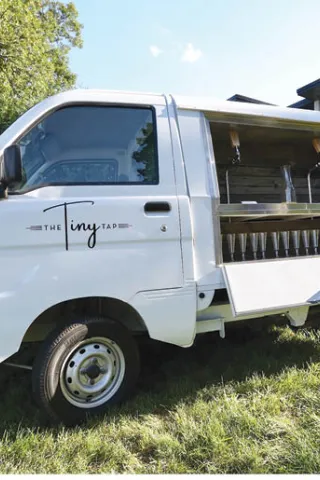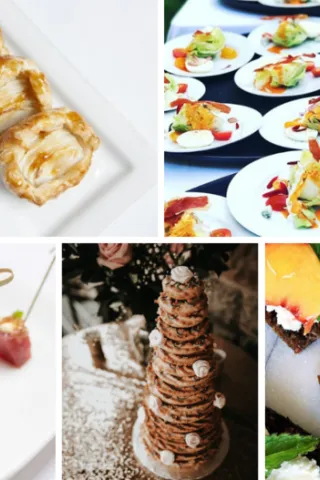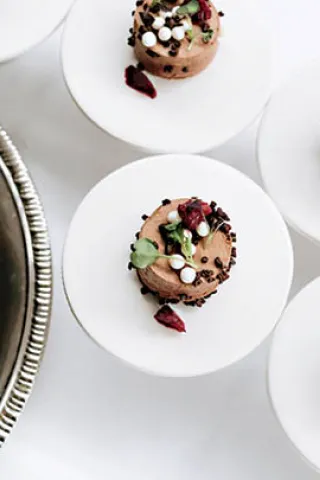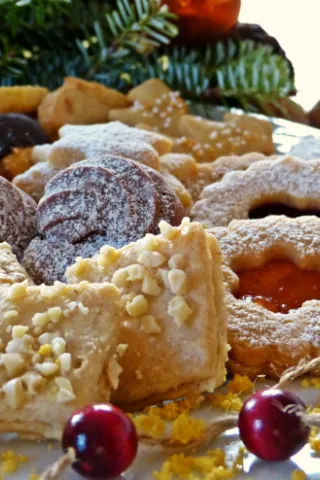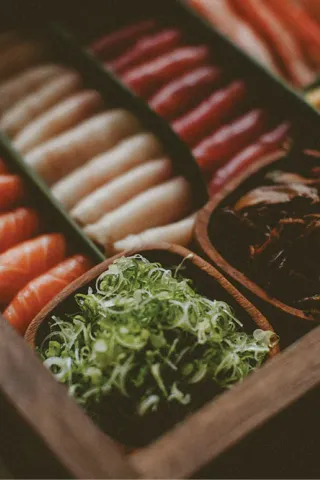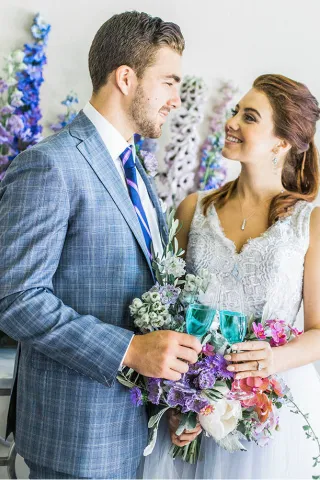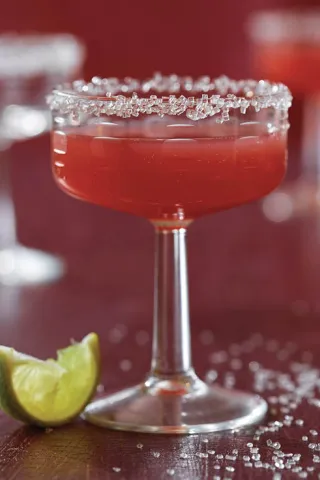Nothing says romance quite like wine. As a time-honored love potion, it has set hearts beating in unison for centuries, with dreamy images of candlelit dinners, soulful gazes and the gentle brush of fingertips, fraught with promise.
Odds are wine played a role in your courtship. So on the day that celebrates your love, why not raise a glass and share the joy. “Wine at weddings is a big trend and brides are planning their evening around it,” says Benjamin McCallum, executive chef with Three Sons Signature Cuisine of Minneapolis. “It adds a special kind of classiness to an event. That long-stemmed glass on the table sets an expectation for something a little more elegant.”
“People are definitely enjoying wine more,” adds Paul Paquette, chef and co-owner of Fermentations Wine Bar & Bistro in Dundas, Minn. As evidence, he cites rising wine sales and flourishing wine clubs, and says that “people are becoming much more knowledgeable about it.”
Even those who don’t usually partake in the grape can get into the spirit at a wedding. “Most of us like trying new things, so people who don’t generally drink wine may drink it [at wedding events],” says Philip Dorwart, executive chef and owner of Create Catering in Minneapolis. “Having some well-chosen wines will give those people a different experience to take away with them.”
No fear
But with so many choices and subtle flavor variations, even wine connoisseurs can find the subject daunting. “People get nervous because they don’t want to make a mistake,” says Bill Coy, wine educator with Vintage U, which organizes wine tastings, classes and events. Rest assured, there’s really no right or wrong with wine. “I tell people, ‘If it tastes good to you, it’s good wine.’”
Still, a good wine guide can raise your comfort level as you choose the wines for your wedding events. “I talk about wine in terms of relativity,” says Dorwart. “I’ll pick out flavors that taste like things people can relate to, Fruity Pebbles® cereal or Juicy Fruit® gum. I don’t use wine terms—eucalyptus, burnt saddle—that people don’t know. When people taste wine with me, I’ll see an epiphany on their faces that says, ‘This is easy, I can taste wine.’”
Of course, a little practice doesn’t hurt. Start sampling more wine at home and at restaurants. Throw wine-tasting parties or attend wine events, and keep track of your preferences.
Culinary love connection
For a great meal, what you drink is as important as what you eat. Fortunately, food and wine just cozy up and make magic together. Wine enhances food, while food can change the perception of wine. “It’s hard to explain; it’s something you just have to try,” says Joan Haley, chef and co-owner of Fermentations Wine Bar & Bistro. “But the right wine pairing can turn a really great experience into an incredible experience.”
The old rule “white with fish, red with meat” barely scratches the surface when it comes to wine pairing; the principles could take up entire volumes. For example, dominant food flavors that come from sauces or spices can influence wine selection; so can texture. To simplify things, McCallum breaks pairing down to three easy methods:
• “You can complement the wine, such as chicken with roasted garlic cream sauce and a heavy, buttery Chardonnay,” he says.
• “Look for compatible contrasts: Find a unique counterpoint that’s completely different from the wine, yet accentuates it. With foie gras, for example, a sweet wine would accentuate the richness, and vice versa.
• “Lastly, you can fill in a missing component of the food with the flavor of the wine. When combined, they’ll create a more complete and enjoyable range of flavors.” With scallops, for example, use a wine with a heavy citrus flavor, such as Sauvignon Blanc, to fill in the missing component.
And though most couples plan their menu first, then choose the wine, some actually prefer to work in reverse. “They bring in bottles they’re interested in and then we design the meal around the wine,” says McCallum.
Much of wine pairing involves a little experimentation; sometimes it’s hard to know what works best without trying it. If possible, sample the food and wine together at your tasting.
Wine-focused fun
A wine greeting will help set the tone of your event. Design a signature wine-based cocktail or offer a special kind of wine. “When you meet guests with an interesting boutique wine they think, ‘Oh, this is going to be fun,’” says Dorwart. Carry the theme over to a wine bar in lieu of the traditional full bar. Offer a creative selection and staff it with knowledgeable servers.
The multi-course tasting menu is a reception favorite. Ranging from four to seven courses, each dish is served with a different wine. “I do a champagne and sparkling wine event,” says Dorwart. “Champagne is very food-friendly and there’s nothing better for a celebration.”
Even a single paired course can make an impression. Add a cheese course and tasting flight (a small sampling selection of wines from the same grape), with three cheeses matched to a trio of wines. Or serve a split entrée with two main dishes and corresponding vintages. “The novelty of a flight makes for a really fun wine experience,” says Dawn Drouillard, chef and owner of Fabulous Catering in Minneapolis.
If a cocktail reception is more your style, wine’s welcome there, too. Guests can sip and nibble all night with tray-passed pairings. How about a full menu in miniature? Start with hors d’oeuvres, move to fork-served salad and soup shooters, then circulate main courses of meat and potatoes. End on a sweet note with dessert wines, honey mead and fizzy floats of sparkling wine and vanilla ice cream.
Tasting stations are another wine-friendly wedding trend. Guests have a few bites of food and a bit of wine for a complete experience, then move on, explains Dorwart. “They’re more interesting than your standard buffet and ‘Here’s your red and white,’” adds Drouillard.
Themed stations add to the fun. Preview a honeymoon in Italy with “wine visits” to the Italian Piedmont, Veneto, Tuscany and Umbria. Or match regional foods to the fruits of the vine from local wineries such as Carlos Creek in Alexandria, Alexis Bailly in Hastings, or St. Croix Vineyards and Northern Vineyards, both in Stillwater.
For entertainment, a hosted wine tasting table, staffed with a wine expert, lets guests socialize and share their love—or new discovery—of wine. It’s a great opportunity to introduce under-appreciated varietals that are packed with personality or bottles from lesser-known wine regions.
The best host for a tasting event is one who can teach and entertain. “It shouldn’t be all biology and chemistry,” says Coy, who regularly presents at such events. “People should take away some education, but in a fun way.”
Controlling costs
For brides on a budget, wine can still play a standout role. Good wine can be surprisingly affordable if you know where to look. “A Cabernet from Chile will be less expensive than one from Napa Valley,” says Coy. In fact, Coy welcomes a low-cost challenge. “To me it’s more fun finding a $10 wine that tastes like a $50 bottle than picking an expensive wine.”
“Offer something less expensive at the bar, and then step it up with something nicer at dinner,” suggests Drouillard. Another cost-control tip: no bottles on the table. “It looks nice,” she agrees, but you may not need it all. “There could be two to three cases of partially drunk wine left over.” Let circulating servers do the pouring instead.
For the champagne toast, Italian Prosecco and Spanish Cava shine just as brightly as sparklers with a pricey French pedigree. “They’re very drinkable and reasonably priced so you get more bang for your buck,” says Drouillard.
Wine wisdom
• Your tastes overrule the rules. If you’re serving fish but don’t like white wine, then serve red, too.
• Look outside your comfort zone. Sometimes a more daring pairing will be a better food match.
• For large groups, look for fruitier, food-friendly wines to satisfy the greatest number of guests. Try Pinot Noir for red and Sauvignon Blanc for white.
• For a multi-course meal, start with something lighter and progress to bigger, more robust flavors. For example, you might begin with a light riesling, then move to a medium-body Pinot Noir, and then on to a fuller bodied Cabernet Sauvignon with the main course.
• Include a description of each wine on your menu card. If there’s room you can even explain why it was selected.
• Going casual? Wine-based beverages, such as those at a sangria bar, offer all of the flavor in a less formal way.
• Plan something for non-drinkers, such as non-alcoholic wine from Ariel or Inglenook. Made from real Chardonnay or Merlot grapes, the alcohol is reduced to .5 percent. As a complete alternative offer sparkling fruit juices.
• If your venue does not offer wine, ask if they’ll order it or if you can bring it in. Note that wine you purchase may incur a per-bottle corkage fee.
• Make your celebration extra special with personalized bottles from Personal Wine and Weibel Vineyards, which have both champagne and wines.
• Some of your guests may be more Budweiser than Bordeaux, so be sure beer and pop are also available.

